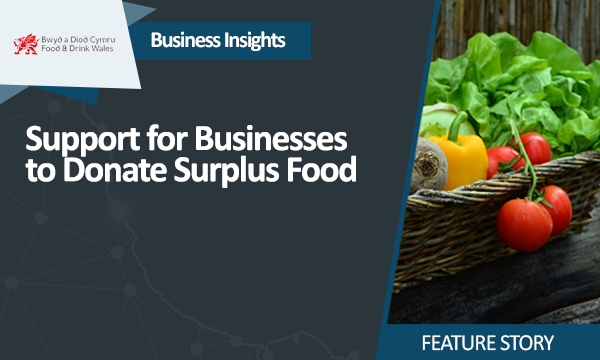The number of personal insolvencies in South Wales rose by 11% between 2017 and 2018, according to analysis by insolvency trade body R3. This was a lower increase than for all of Wales over the same period (14%).
Analysis of the statistics from the Insolvency Service showed that the 12 Local Authorities in South Wales (Blaenau Gwent, Bridgend, Caerphilly, Cardiff, Merthyr Tydfil, Monmouthshire, Neath Port Talbot, Newport, Rhondda Cynon Taf, Swansea, the Vale of Glamorgan, and Torfaen) had a combined 3,957 personal insolvencies (Individual Voluntary Arrangements, Debt Relief Orders and bankruptcies) in 2018, up from 3,553 in 2017.
The rates of personal insolvency in South Wales’s Local Authorities – that is, the number of people per 10,000 adults who entered a form of insolvency procedure – differed sharply, from Rhondda Cynon Taf’s rate of 35.1 per 10,000 adults, equivalent to one in every 285 adults, to 17.1 per 10,000 adults in the Vale of Glamorgan, equivalent to one in every 585 adults (around half the rate in Rhondda). The overall rate for Wales was 26.2 personal insolvencies per 10,000, or one in every 382 Welsh adults.
Most Local Authorities in South Wales saw a rise in their rate of personal insolvency between 2017 and 2018, with Caerphilly experiencing the largest increase (up 48%, from 19.7 per 10,000 adults in 2017 to 29.1 per 10,000 in 2018), followed by Swansea (up 24%, from 21.4 to 26.6). However, four areas bucked the trend and saw their personal insolvency rate fall between 2017 and 2018, with Monmouthshire enjoying the largest fall (-10%, from 20.1 per 10,000 in 2017 to 18.0 per 10,000 in 2018). The other Local Authorities whose rates fell were: the Vale of Glamorgan (-6%, from 18.3 to 17.1); Cardiff (-1%, from 18.5 to 18.3); and Neath Port Talbot (-0.6%, from 29.6 to 29.4).
Gender also played a role in determining who was likely to enter an insolvency procedure. In 10 of the South Wales Local Authorities, and in Wales overall, women made up a greater percentage of personal insolvencies than men. The gender imbalance was most pronounced in the Vale of Glamorgan, with 58.1% of personal insolvency cases involving women against 41.9% for men, followed by Merthyr Tydfil, at 57.9% women (42.1% men). By contrast, Monmouthshire had more personal insolvency cases among men than women (55.5% men against 45.5% women), along with Bridgend (52.2% men against 47.8% women).
Philip Winterborne of R3 in Wales, and Insolvency and Turnaround partner at Temple Bright solicitors, commented:
“The increase in the rate of personal insolvency in South Wales between 2017 and 2018 is a sign that the economy overall is coming under strain. While entering a form of personal insolvency can often mean a fresh financial start for people, the growth in both numbers and rates in our region is cause for concern. However, we can draw some comfort from the fact that the rise in South Wales’s rate was below that for all of Wales, demonstrating the relative strength of the local economy.
“Looking at the wider picture, it often tends to be coastal areas, and places affected by the retreat of industry, which have the highest personal insolvency rates – and many parts of South Wales tick both those boxes. Places which depend on an influx of tourists in the summer months for income are reliant on the consumer pound, which has been in shorter supply of late. Additionally, the seasonal nature of tourism-related work makes it hard for many workers to build up savings to last them in leaner times, leaving them vulnerable to the type of economic shock that can often trigger insolvency.”
Wales had a median full-time weekly earnings figure of £509 in 2018, according to the ONS, below the UK average of £569. That amount rose by only 2.1% compared with 2017, while the UK overall grew by 3.5%, and was the second-lowest rate of growth of any UK region.
Philip Winterborne continued:
“The rural nature of much of South Wales is another factor to consider – if debt services are a costly car or bus journey away, they will be less accessible to people, while patchy connectivity will deter people seeking help online. Investment in good-quality, tailored support for people in financial difficulty would be very helpful, and many insolvency practitioners will provide an hour’s worth of free advice on the best options for moving forwards.
“Ensuring that people in problem debt are aware of their options, and that they can access a suitable form of personal insolvency if that is the best option for them, should be a priority for the Welsh Government. Talking about debt issues can feel incredibly difficult, but opening up can be the first step to getting things in hand, and seeing positive changes come about.”













